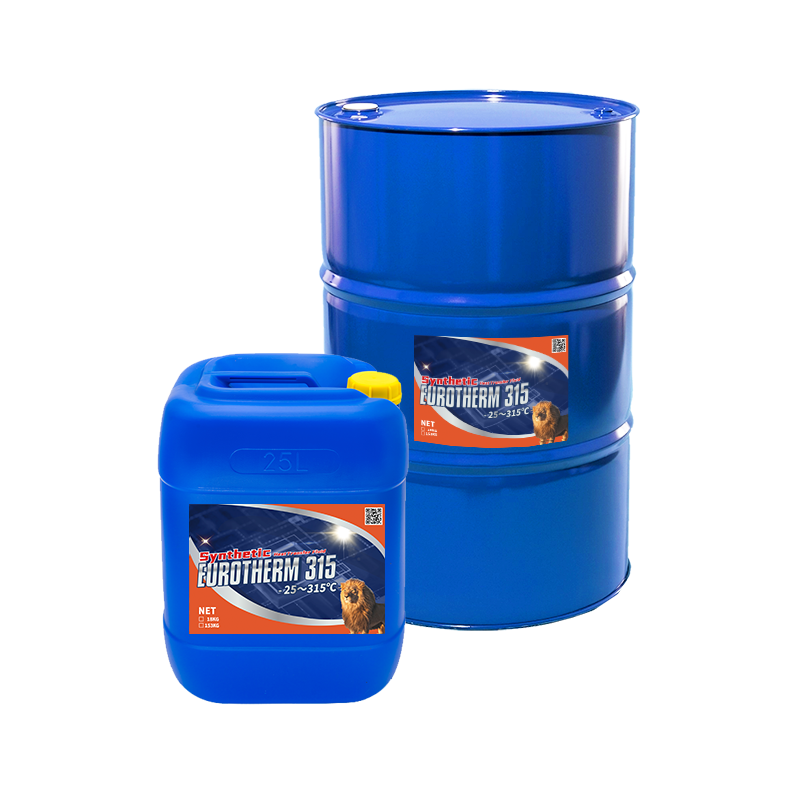Indicators on Chemie You Need To Know
Table of ContentsSome Of ChemieChemie - An OverviewThe Only Guide for ChemieThe 5-Minute Rule for ChemieIndicators on Chemie You Need To KnowLittle Known Questions About Chemie.
By Bojanna Shantheyanda, Sreya Dutta, Kevin Coscia and David SchiemerDynalene, Inc. Liquid cooling, which can be achieved making use of indirect or straight methods, is used in electronics applications having thermal power densities that may go beyond secure dissipation with air cooling. Indirect liquid air conditioning is where warmth dissipating electronic components are literally divided from the fluid coolant, whereas in situation of direct air conditioning, the parts remain in straight contact with the coolant.However, in indirect cooling applications the electrical conductivity can be vital if there are leakages and/or spillage of the liquids onto the electronic devices. In the indirect cooling applications where water based liquids with rust inhibitors are generally made use of, the electric conductivity of the liquid coolant mainly depends upon the ion concentration in the liquid stream.
The increase in the ion concentration in a closed loop liquid stream may happen as a result of ion leaching from steels and nonmetal elements that the coolant liquid touches with. During procedure, the electric conductivity of the liquid might boost to a level which can be harmful for the air conditioning system.
A Biased View of Chemie
The examples were enabled to equilibrate at room temperature level for two days prior to videotaping the initial electric conductivity. In all tests reported in this research study liquid electric conductivity was measured to an accuracy of 1% making use of an Oakton CON 510/CON 6 collection meter which was adjusted prior to each dimension.
The Main Principles Of Chemie
from the wall surface home heating coils to the center of the furnace. The PTFE sample containers were positioned in the heating system when constant state temperatures were reached. The examination arrangement was removed from the furnace every 168 hours (7 days), cooled down to room temperature with the electric conductivity of the fluid determined.
The electric conductivity of the fluid sample was monitored for a total amount of 5000 hours (208 days). Schematic of the indirect closed loop cooling down experiment set up. Parts made use of in the indirect shut loophole cooling experiment that are in contact with the liquid coolant.

Not known Facts About Chemie
The modification in liquid electric conductivity was checked for 136 hours. The liquid from the system was gathered and kept.

0.1 g of Dowex material was included in 100g of fluid examples that was taken in a separate container. The blend was mixed and change in the electric conductivity at room temperature was gauged every hour. The measured modification in the electric conductivity of the UP-H2O and EG-LC examination liquids having polymer or steel when immersed for 5,000 hours at 80C is shown Number 3.
The smart Trick of Chemie That Nobody is Discussing
Figure 3. Ion leaching experiment: Measured modification in electric conductivity of water and EG-LC coolants having either polymer or steel examples when submersed for 5,000 hours at 80C. The outcomes show that steels added fewer ions right into the liquids than plastics in both UP-H2O and EG-LC based coolants. This might be because of a slim metal oxide layer which might act as a barrier to ion leaching and cationic diffusion.
Liquids having polypropylene and HDPE showed the cheapest electrical conductivity modifications. This could be as a result of the short, inflexible, direct chains which are less most likely to contribute ions than longer branched chains with weak intermolecular pressures. Silicone likewise executed well in both test fluids, as polysiloxanes are usually chemically inert because of the high bond power of the silicon-oxygen bond which would protect against destruction of the material right into the liquid.
Everything about Chemie
It would be expected that PVC would generate similar outcomes to those of PTFE and HDPE based upon the comparable chemical structures of the materials, however there might be various other pollutants existing in the PVC, such as plasticizers, that may affect the electrical conductivity of the liquid - silicone fluid. In addition, chloride teams in PVC can also leach right into the examination liquid and can create an increase in electrical conductivity
Polyurethane entirely degenerated right into the test liquid by the end of 5000 hour examination. Prior to and after pictures of metal and polymer samples immersed for 5,000 hours at 80C in the ion leaching experiment.
Measured change in the electrical conductivity of UP-H2O coolant as a feature of time with and without material cartridge in the shut indirect air conditioning loop experiment. The measured adjustment in electric conductivity of the UP-H2O for 136 hours with and without ion exchange material in the loop is displayed in Number 5.
Comments on “Some Known Incorrect Statements About Chemie”